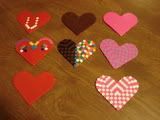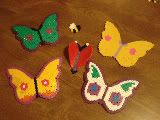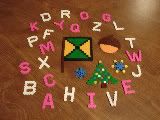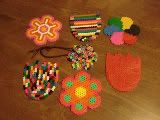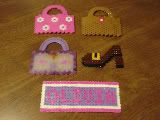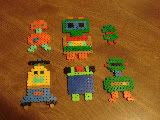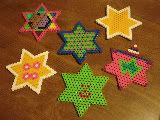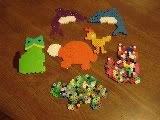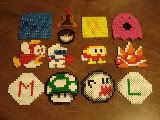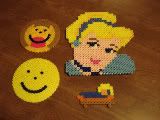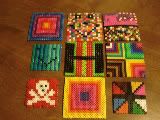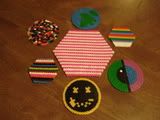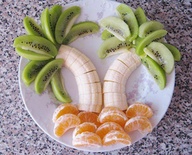 You will find lots of fun ideas for games, crafts, printables, activities and recipes to create your own backyard beach adventures. Check out the
You will find lots of fun ideas for games, crafts, printables, activities and recipes to create your own backyard beach adventures. Check out the
Tag Archives: craft
Camp Au Pair in America Week #2 – Kids Cooking
Make Your Own Play Dough!
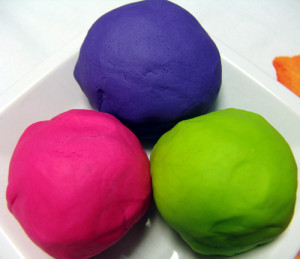 Play dough is the perfect modeling material for children. Their small hands can pat, poke, pinch, roll and knead it into many shapes. Keep it in an airtight container to use another day, or let it air dry into favorite shapes.
Play dough is the perfect modeling material for children. Their small hands can pat, poke, pinch, roll and knead it into many shapes. Keep it in an airtight container to use another day, or let it air dry into favorite shapes.
Measure 2 cups of flour, one cup of salt and 4 teaspoons of cream of tartar into a bowl. Add 1/4 cup of oil to one cup of water in a separate bowl then add the mixture to the dry ingredients. Squeeze 10-20 drops of food coloring into one cup of water and add it to the mixture. Mix well to make it smooth and to spread the color evenly. Cook the dough at low heat in a wide pan, stirring constantly until it becomes rubbery. Remove the dough from the heat and knead it for a few minutes. When it cools the kids can play too!
Photo: Gina Guillotine
Lot 8
Wildwood, FL 34785
Schultüte – German School Cones
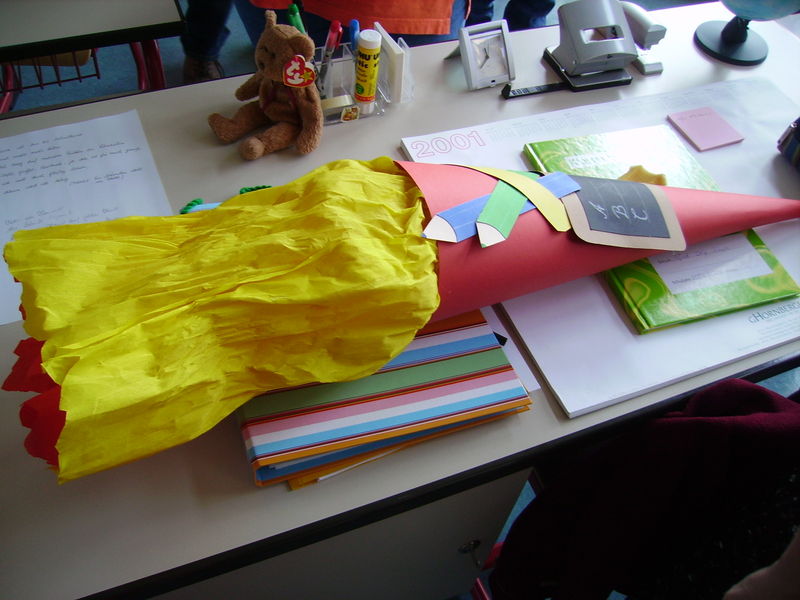
What is a Schultüte?
From Wikipedia:
A “Schultüte” (or School Cone, even though the word “Tüte” translates more as “bag” from German), often also called Zuckertüte (“sugar bag”, especially in Eastern Germany) is a paper (and later plastic) bag in particular.
When children in Germany and Austria set off for their first day in school upon entering first grade, their parents and/or grandparents present them with a big cardboard cone, prettily decorated and filled with toys, chocolate, candies, school supplies, and various other goodies. It is given to children to make this anxiously awaited first day of school a little bit sweeter.
Want to make one for that special child starting school? I found tutorials on several websites:
Paper Plate Sundial
Many years ago people had to use the sun to tell him. Learn how people told time before the invention of watches and clocks by making a sun clock.
What you need:
- paper plate
- plastic straw
- sharpened pencil
- crayons
- ruler
- pushpins
What you do:
- Start this project on a sunny day just before noon.
- Use the pencil to poke a hole through the very center of the paper plate. Write the number 12 on the edge of the plate with a crayon. Using the ruler as a guide, draw a straight line from the number 12 to the hole in the center of the plate.
- At noon, take the plate and the straw outside. Put the plate on the ground and poke the straw through the hole. Slant the straw toward the line you drew. Now carefully turn the plate so that the shadow of the straw falls along the line to the number 12.
- Fasten the plate to the ground with some pushpins. Have your child predict where he/she thinks that the shadow of the straw will be pointing in one hour.
- One hour later, at one o’clock, check the position of the shadow along the edge of the plate and write the number 1 on that spot. Continue each hour predicting the position and then checking and marking the actual position and time on the edge of the plate.
- At the end of the day you and your child will have a sun clock. On the next sunny afternoon you will be able to tell time by watching where the shadow of the straw falls on your clock.
Note: Observation, prediction and communication are all very important science skills. This activity helps to develop them. Be sure to have your child talk about why he/she thinks the shadow is moving.
Photo: NWF
Hand Flowers Craft
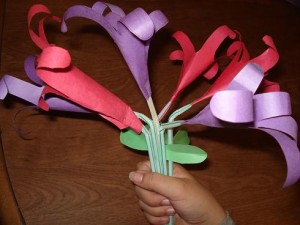
Finished Project
Supplies:
construction paper (various colors)
pencil
scissors
stapler
clear tape
drinking straws or chenille stem (pipe cleaners)
Step by Step Instructions
Perler Beads
In the kids activity kits a few months ago, I included a perler bead fish craft. I heard from some of you that the kids had a lot of fun making those. My kids love perler beads. There are days where they will work on bead projects for hours.
If you want to give them a try, you can find mini kits for $1 at Michaels and A.C. Moore that include everything needed to make one small project. Perler beads are a great fine motor skills activity. If you have kids ages 3-5 who have trouble with the tiny beads, they now have a larger size available that will be easier for them.
From this:

To this: (Here is a gallery of my kid’s perler creations from the past 6 months.)
